Bronze Age Shipwrecks in the Mediterranean Sea
The Antalya Kumluca shipwreck 1600 - 1500 BC
The Antalya Kumluca shipwreck is, to date, the oldest bronze age shipwreck to be found with a cargo of copper ingots. The remains of the ancient wreck were found just off Turkiye's southern coast in the Bay of Antalya.
By Nick Nutter on 2024-01-31 | Last Updated 2025-05-20 | Bronze Age Shipwrecks in the Mediterranean Sea
This article has been visited 4,273 times

Diving on the Kumluca shipwreck showing bun ingot
Where was the Kumluca ship wreck found?
The wreck was found in 50 metres of water just off Antalya Kumluca, off the western shores of Turkey's Antalya province, in 2018, by Antalya University's Underwater Research Department. This is in the same vicinity as the Uluburun wreck of about 1305 BC and the Cape Gelidonya shipwreck about 1200 BC.
Do you enjoy my articles? For your reading pleasure, this website does not carry third party ads. You could help me write more articles by buying me a cup of coffee.
Who excavated the Kumluca shipwreck?
During the summer of 2019, a small team of INA archaeologists directed by INA Vice President Cemal Pulak, Professor and Coordinator of the Nautical Archaeology Program at Texas A&M University, in partnership with Hakan Oniz, Associate Professor in the Division of Mediterranean Underwater Cultural Heritage at Akdeniz University, and under the auspices of the Antalya Museum, initiated the excavation of a Bronze Age shipwreck.
The underwater excavations were continued in 2022.
When did the Kumluca wreck sink?
The Kumluca ship is thought to have sunk between 1600 and 1500 BC based on the pillow shape of some of the copper ingots found on the wreck. Researchers were able to determine that the copper were taken from mines in Cyprus, and then moulded in the 15th or 16th centuries BC.
How was the Antalya Kumluca ship built and what were its dimensions?
The Kumluca ship was about 14 metres long. There are no details yet of its construction.
What was the cargo on the Kumluca ship?


Oxhide copper ingot
The Kumluca was carrying 1.5 tons of copper ingots. These included pillow-shaped oxhide ingots (stylistically earlier than those 'eared' oxhide ingots on the 14th-century B.C. Uluburun shipwreck), and round plano-convex 'bun' ingots. Visible secondary marks made with chisels were noted on five ingots, although more may be revealed after cleaning the ingots of their encrustations.
Two lead weights, weighing 22 and 44 grams were also found, indicating the presence of a merchant, possibly Syrian, who would have been responsible for buying and selling the cargo. The two weights found would be far too small to be used for weighing ingots, perhaps there was other, smaller, cargo on the vessel being carried in the ceramic containers, fragments of which were found during the 2022 excavation.
Where did the Kumluca cargo come from?
The copper originated in the Troodos Mountains copper mines on Cyprus.
Where did the Kumluca ship come from and where was it going?
Akdeniz University (AU) Underwater Cultural Heritage Conservation and Restoration Department Head Associate Professor Hakan Oniz, said "It was probably caught in the middle of a storm while traveling to the Aegean region from Cyprus."
The copper ingots were probably enroute to Crete where they would have been worked into finished objects for onward exportation.
Political situation at the time
The Minoan civilization, flourishing on the island of Crete around 3,600 years ago, emerged as a dominant maritime power in the eastern Mediterranean. Their extensive trade networks connected them to Egypt, the Levant, Anatolia, Cyprus, and mainland Greece. Renowned for their seafaring prowess, the Minoans facilitated a lively exchange of goods, transforming Crete into a crucial hub of ancient commerce.
The Minoans traded a diverse range of commodities, with metals playing a particularly significant role. Copper, essential for bronze production, was primarily imported from Cyprus, while tin was sourced from distant lands such as Afghanistan or Cornwall. Beyond raw materials, the Minoans exported expertly crafted bronze tools, weapons, and artifacts throughout the Mediterranean.
In addition to metals, the Minoans exported luxury goods like olive oil, wine, and renowned pottery. In exchange, they imported precious materials, including gold, ivory, and gemstones, which they used to adorn their art and religious artifacts.
From 1725 BC until 1550 BC, the Hyksos dominated Lower Egypt and from 1600 BC, their territory included Canaan and Syria. In 1550 BC pharaoh Ahmose I threw the Hyksos out of Egypt and continued his campaigns into the Levant. Meanwhile the Mittani were establishing their society in the north of Mesopotamia. The Mittani originated somewhere to the north of Mesopotamia and by a combination of conquest, political negotiations and politically inspired marriages, by 1490 BC, had established an extensive kingdom covering northern Mesopotamia, the northern Levant as far south as Qadesh where it abutted the Egyptian territory and parts of Anatolia. In Anatolia, the Mittani competed with the Hittites for territory. In short, the whole period was one of turmoil between competing kingdoms.
Bronze Age Dagger


A 3,600-Year-Old Bronze Dagger Unearthed from Ancient Shipwreck
The Ministry of Culture and Tourism reported that a 3,600-year-old silver riveted bronze dagger from the Cretan-Minos civilization was found during underwater excavations off the coast of Antalya's Kumluca district, Turkiye, August 29, 2024 (AA Photo)
The discovery of a bronze age dagger with silver rivets, similar to others found on Crete, reinforces the link between the Kumluca shipwreck and the Minoan civilisation on Crete.
Ongoing Research
Of particular interest are the copper ingots. Analysis of the copper may give us a better idea of the precise location of the mines from whence it came.
Do you enjoy my articles? For your reading pleasure, this website does not carry third party ads. You could help me write more articles by buying me a cup of coffee.
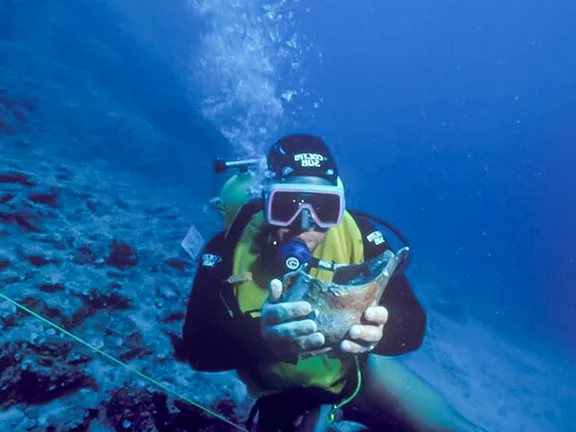 1: Dokos Shipwreck 2200 BC
1: Dokos Shipwreck 2200 BC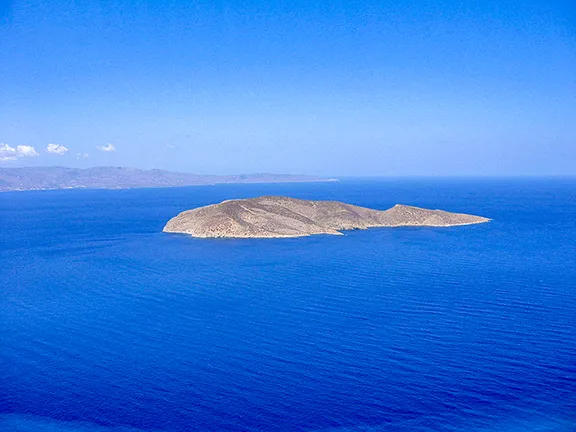 2: Pseira shipwreck 1725 to 1675 BC
2: Pseira shipwreck 1725 to 1675 BC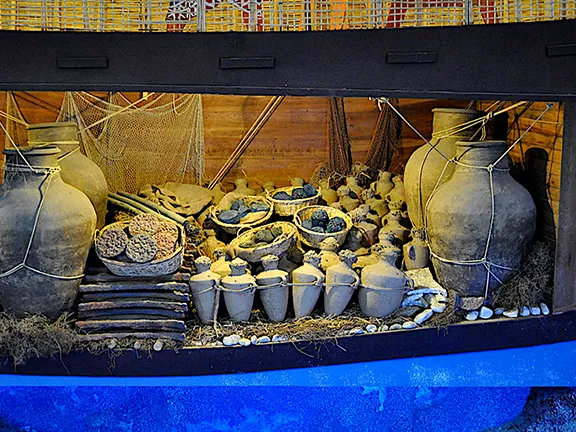 4: Uluburun Shipwreck 1335 - 1305 BC
4: Uluburun Shipwreck 1335 - 1305 BC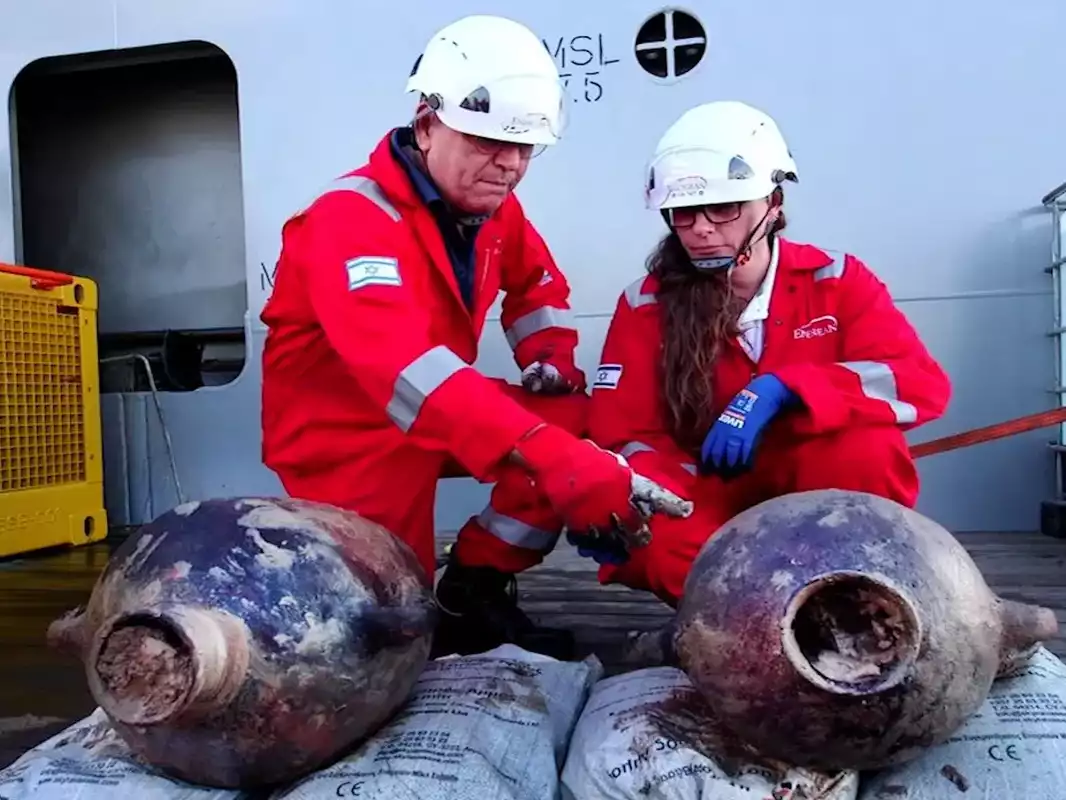 5: Deep Water Late Bronze Age Wreck
5: Deep Water Late Bronze Age Wreck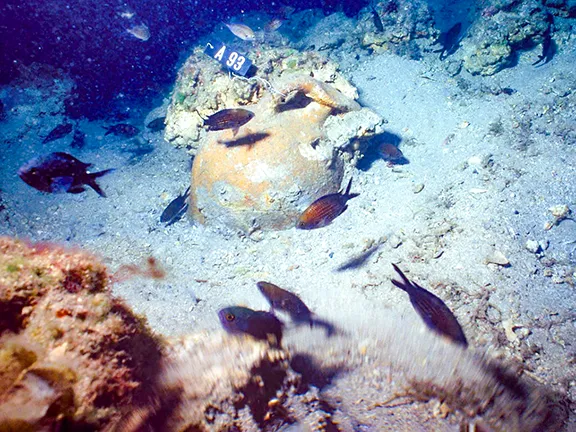 6: Point Iria Shipwreck c 1200 BC
6: Point Iria Shipwreck c 1200 BC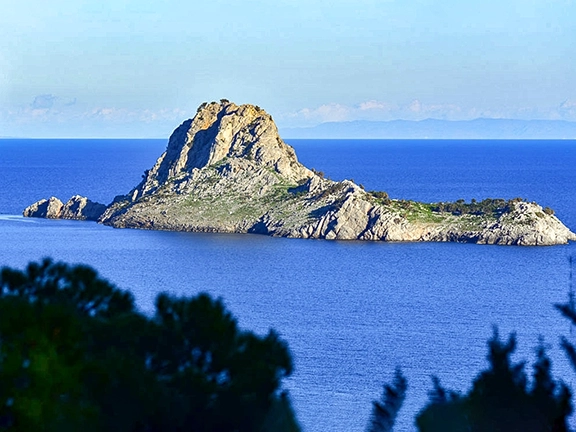 7: Modi Island Shipwreck c1200 BC
7: Modi Island Shipwreck c1200 BC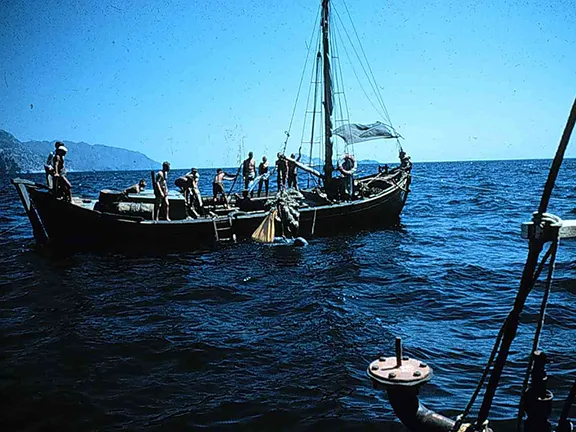 8: Cape Gelidonya shipwreck c 1200 BC
8: Cape Gelidonya shipwreck c 1200 BC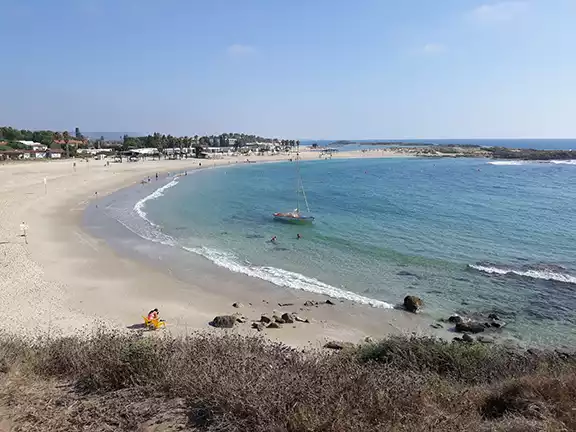 9: Late Bronze Age wrecks on the Carmel coast
9: Late Bronze Age wrecks on the Carmel coast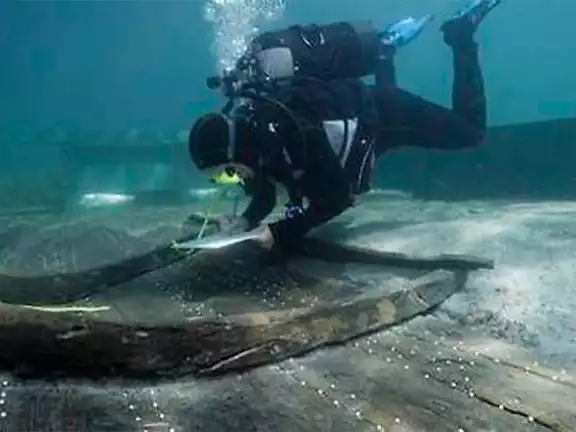 10: Bronze Age boatbuilding techniques
10: Bronze Age boatbuilding techniques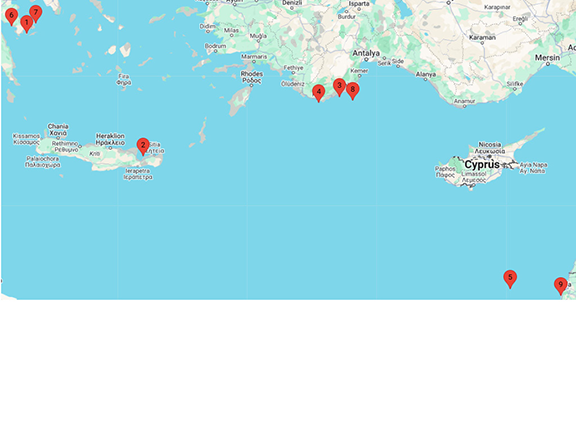 11: Bronze Age Wrecks - Summary
11: Bronze Age Wrecks - Summary